Types of Sake
Sake is a rice wine native to Japan that is produced through a brewing process, much like beer, to
ferment rice that has been polished to remove the bran to convert the starch into sugars before
converting them into alcohol. With a large variety of flavors, sake is a complex alcohol with
characteristics that can be sweet or dry, fruity or earthen, and can transform its flavour depending on
the temperature you drink it!
Sake is produced using polished rice kernels with the outer layer of grain milled and removed to expose the starch core. The average amount of milling polishes 30-50% of the kernel but higher quality sake polishes as much as 50-70%.
Having such a long history, sake is available in a large number of categories that mark the differences in their production varying from types of rice grain, polishing, handling methods, and even additives. There are lots of variations in sake, but here are five of the main classifications based on the milling process to get you started!

Junmai-shu (純米):
Known as the ‘pure rice sake’ with no additive ingredients made from the basic ingredients of rice, water, yeast, and koji. Depending on the amount of rice milling, the flavor profile can be light to full-bodied. Though the milling percentage is must be displayed on the bottle, there is no specific percentage requirement for the milling.
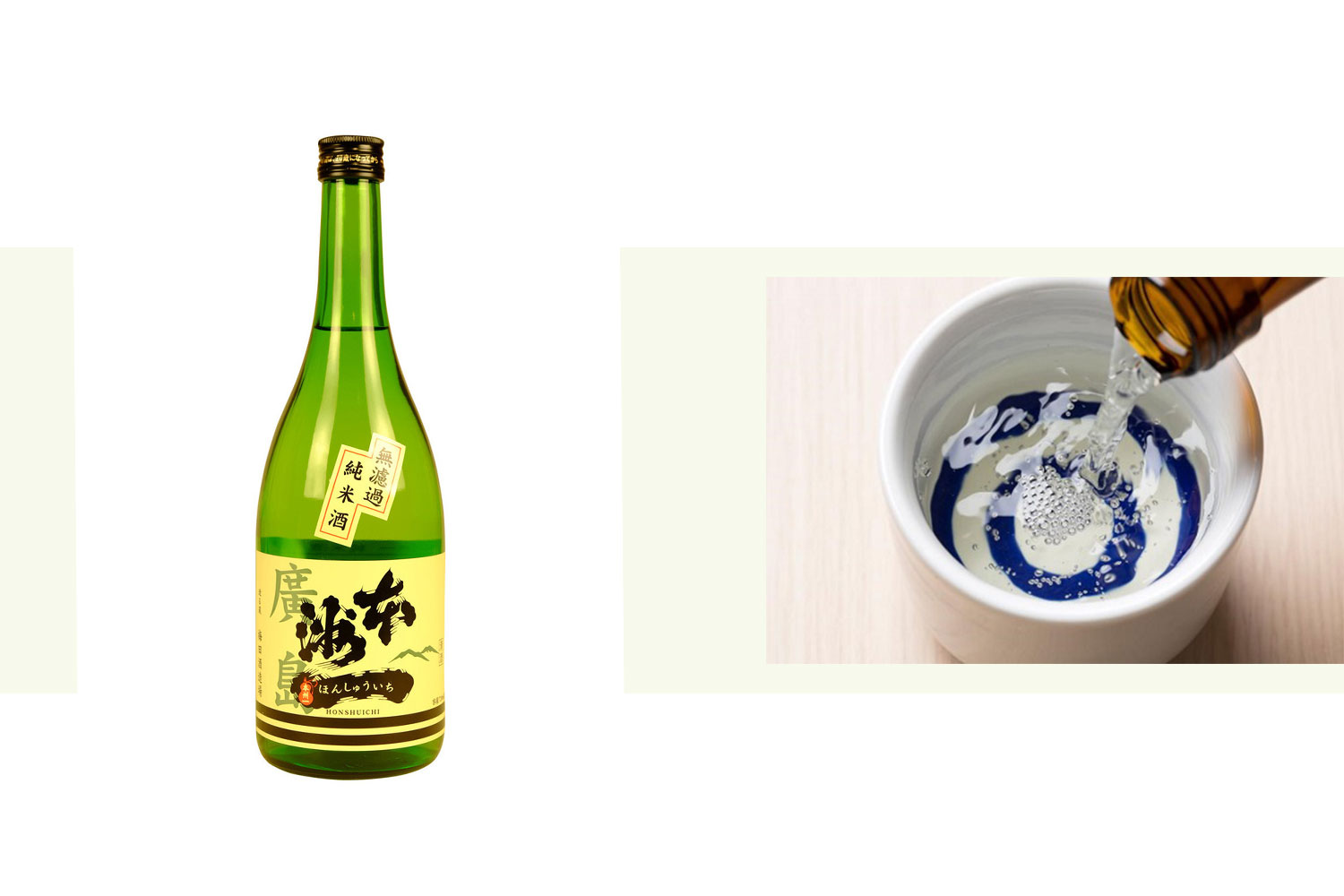
Honjozo-shu (本醸造):
With 30% of the rice polished away, a small amount of distilled alcohol is added at the end of the fermentation process. This addition smoothens and lightens the flavor of the sake as well as makes the fragrance much more prominent.
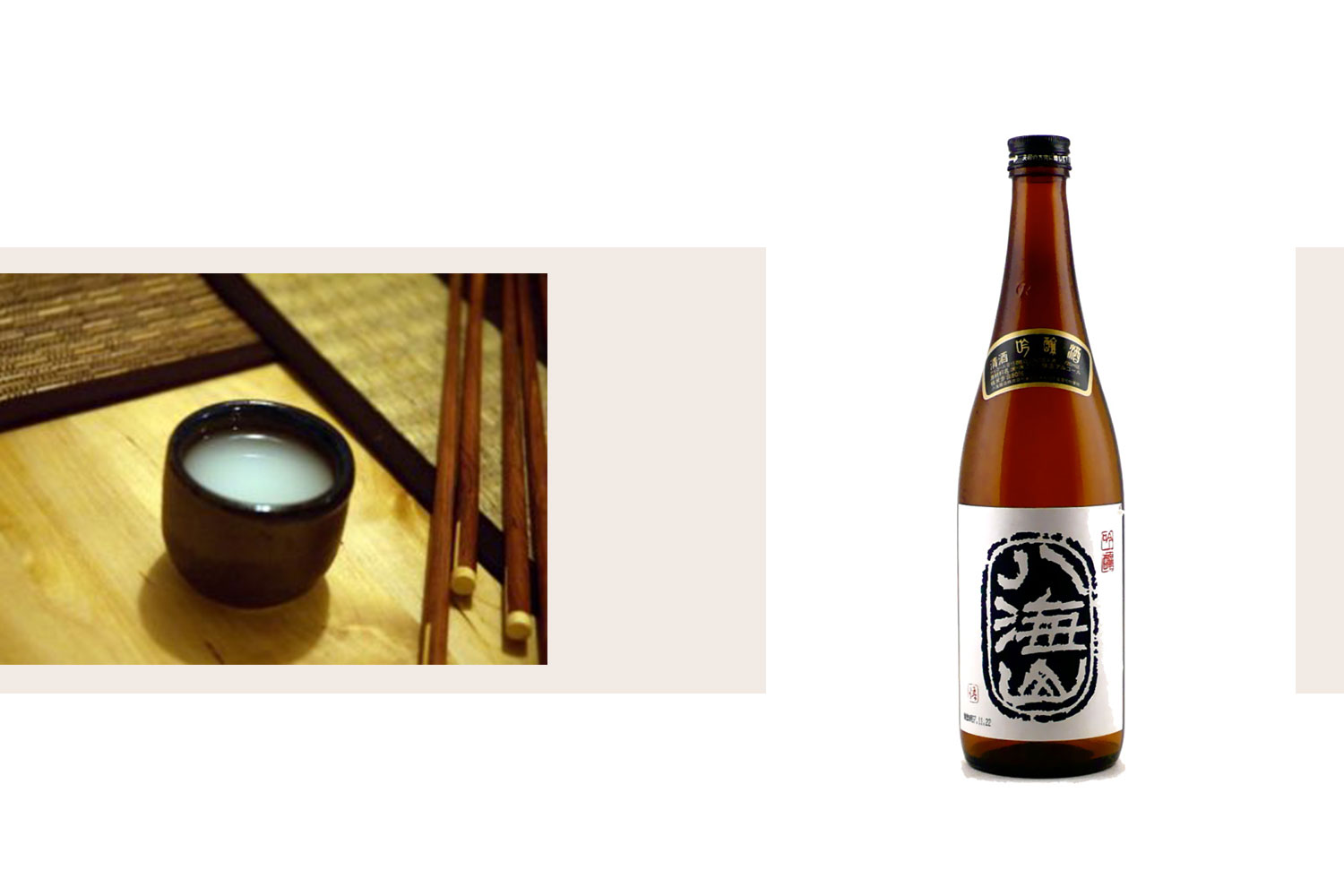
Ginjo-shu (吟醸):
At least 40% of the rice has been milled away to make this type of sake. However, once the rice is milled it may have distilled alcohol added or not. If no alcohol is added, it becomes Junmai-Ginjo to show that there are no additives. Ginjo-shu is normally rather fragrant.
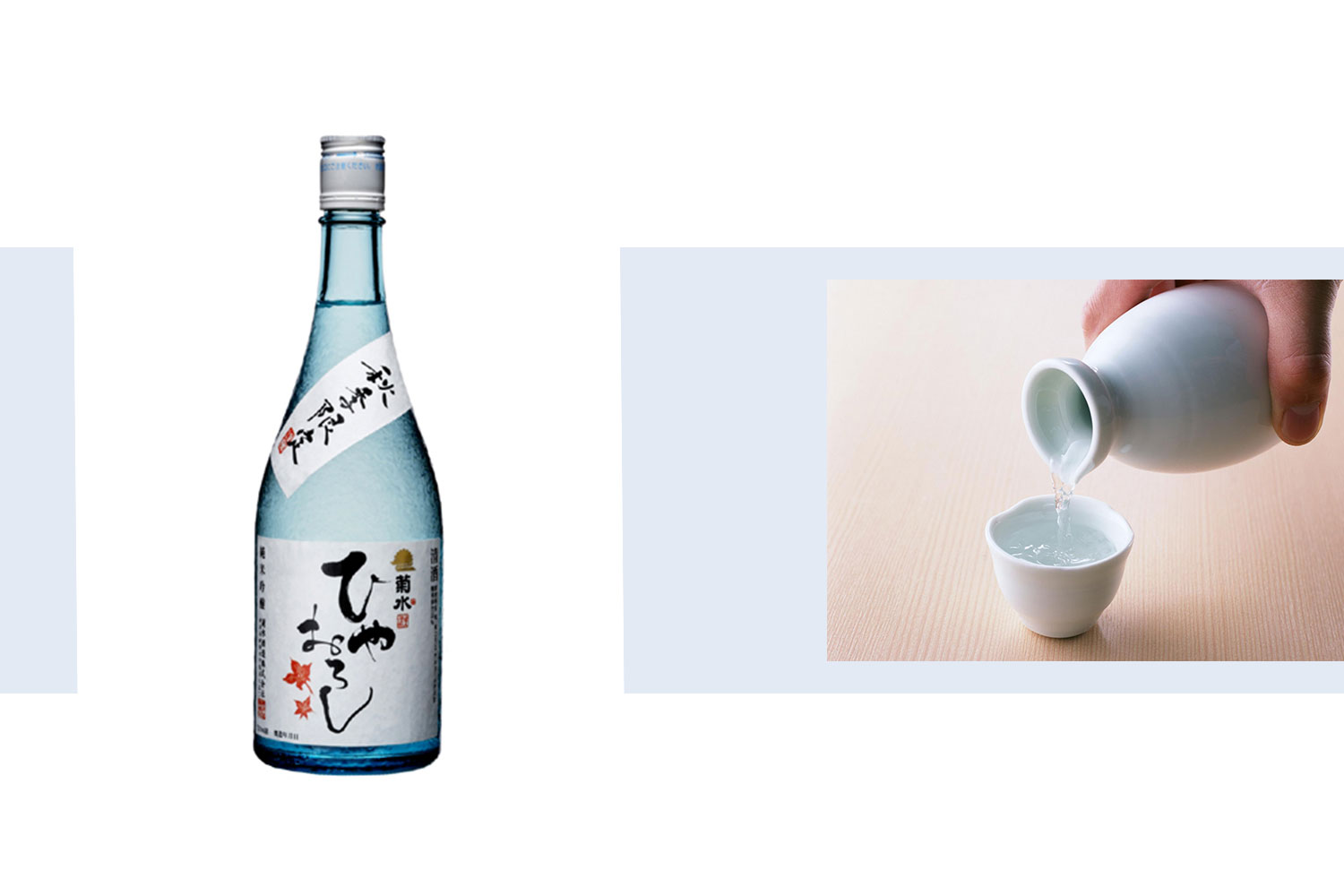
Daiginjo-shu (大吟醸):
Once 50% has been milled away, the sake becomes Daiginjo-shu, a more premium version of the Ginjo-shu. Like the previous classification, Daiginjo-shu may have alcohol added to it. If not, it is designated as Junmai Daiginjo-shu.
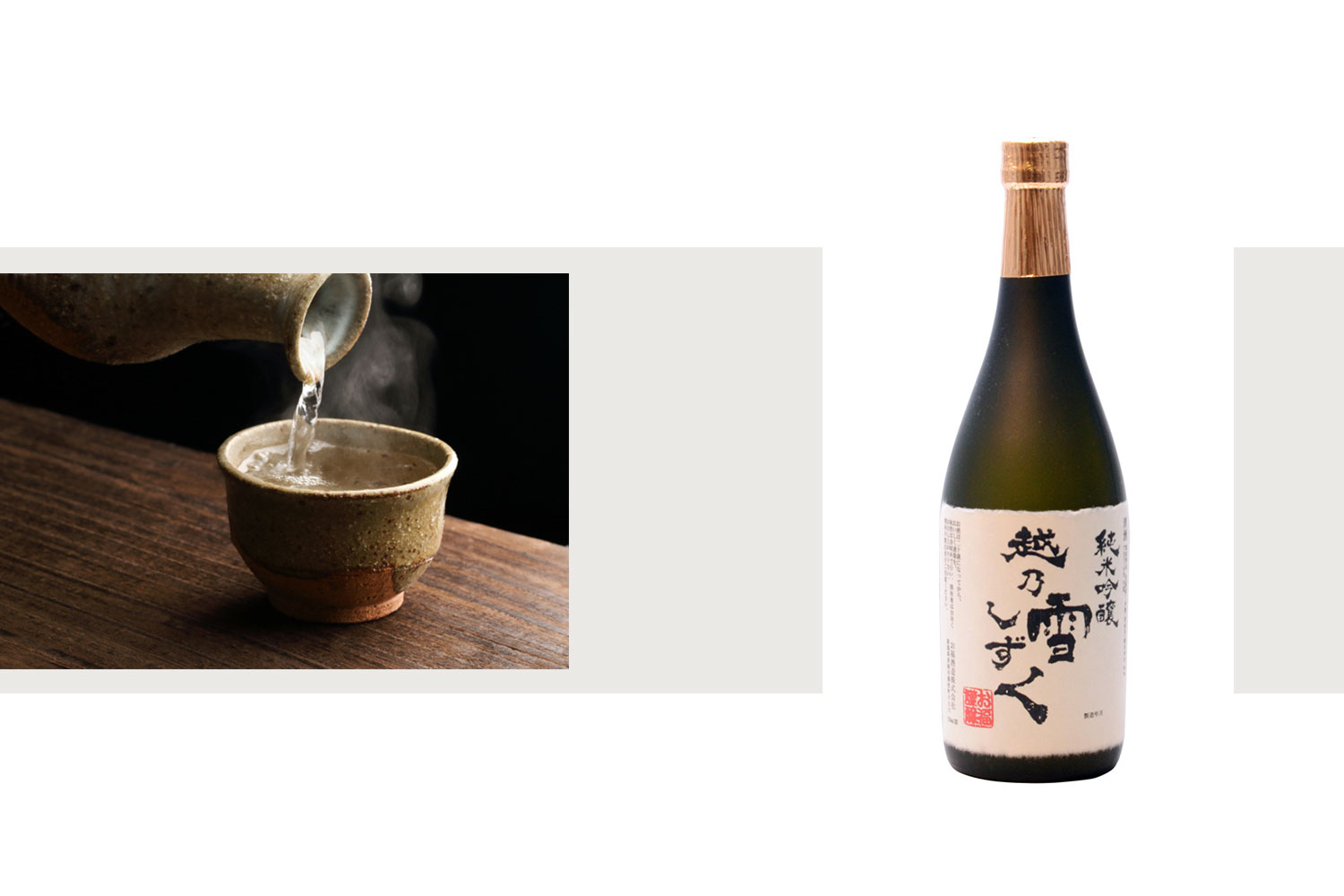
Namazake (生酒):
A special designation for any of the above sake classifications that has not been pasteurized. Normally, sake is pasteurized to kill bacteria or mold that could contaminate or alter the final product for better or worse before it reaches the customer. Because it was not pasteurized, namazake must be kept refrigerated to remain fresh. However, this type of sake typically has a fresh and fruity flavor with a sweet aroma.
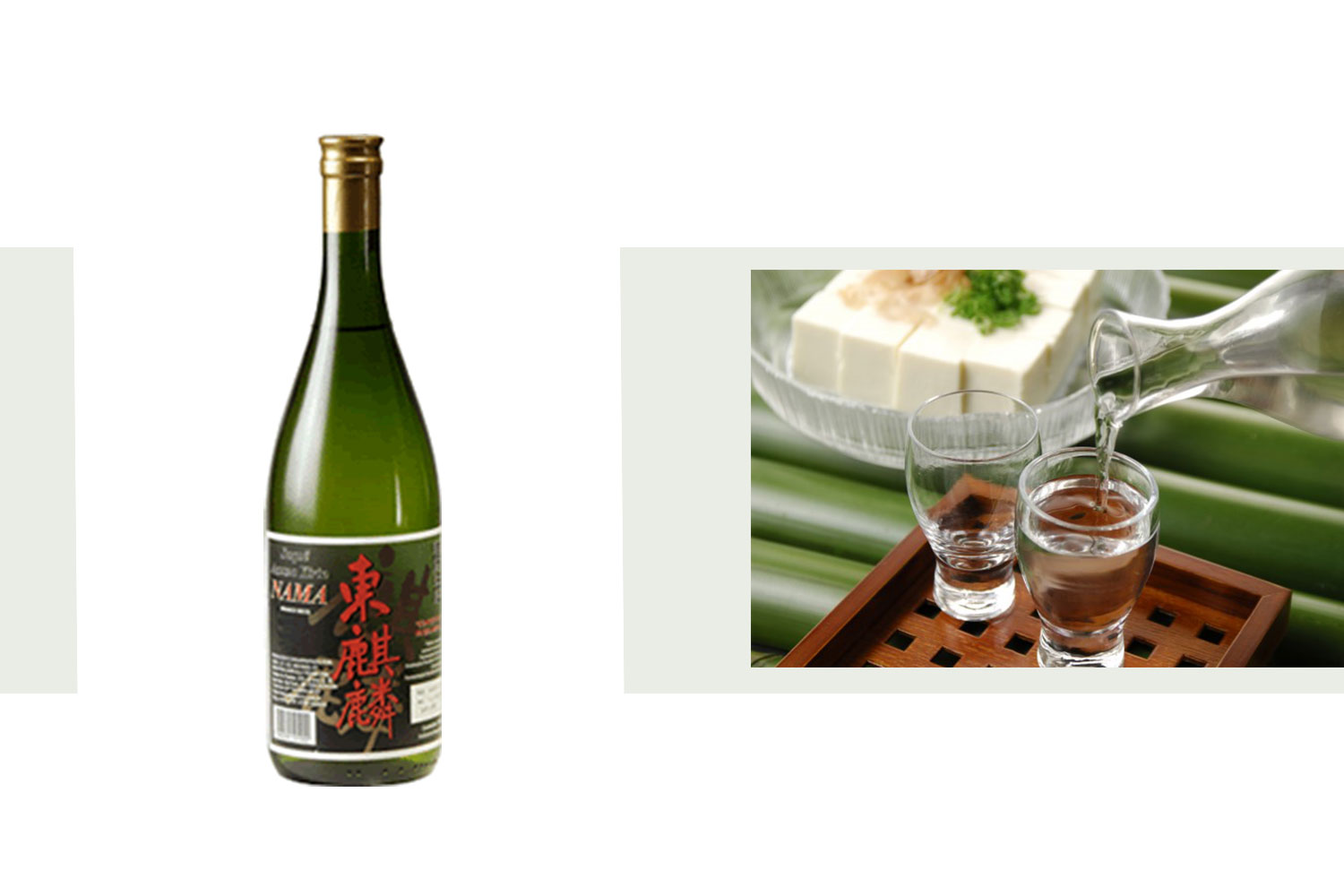
These are just a few sake classifications to get you started, but knowing the type of sake you’re drinking can help you find your favourite type!
Even more Sake Types:
Part Two
Cold or Warm Sake? Read More
How to warm up your Sake: Read More
Ti-1 Bottle Type: Details
References:
http://www.sushifaq.com/sushi-sashimi-info/sushi-item-profiles/sushi-items-sake/
http://www.esake.com/Knowledge/Types/types.html
http://boutiquejapan.com/sake101/
http://www.gekkeikan-sake.com/Sake-101/Classification